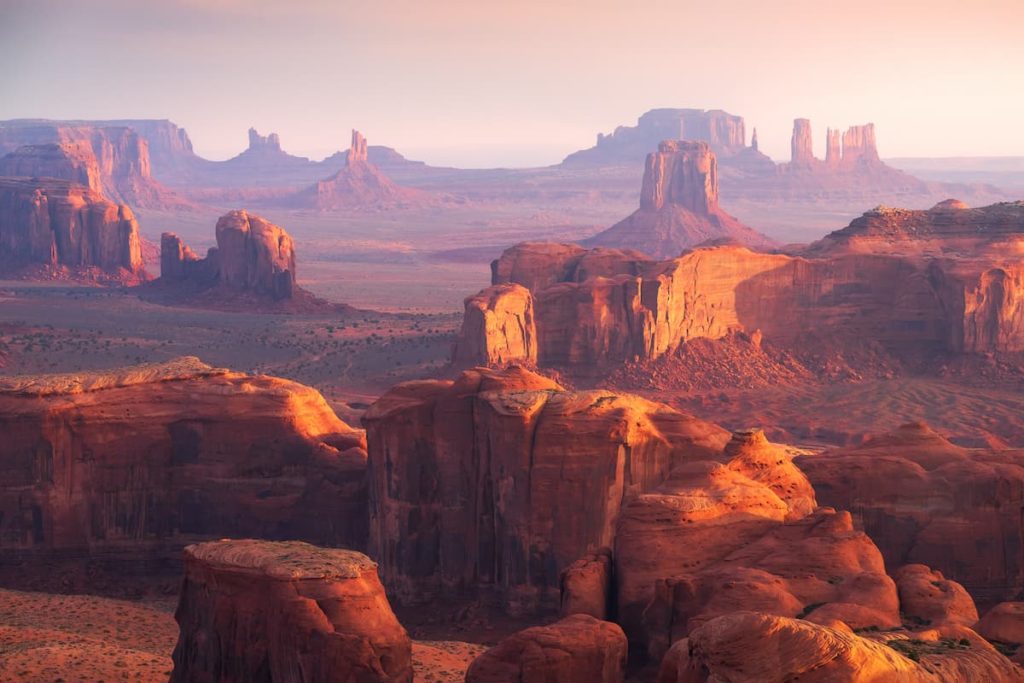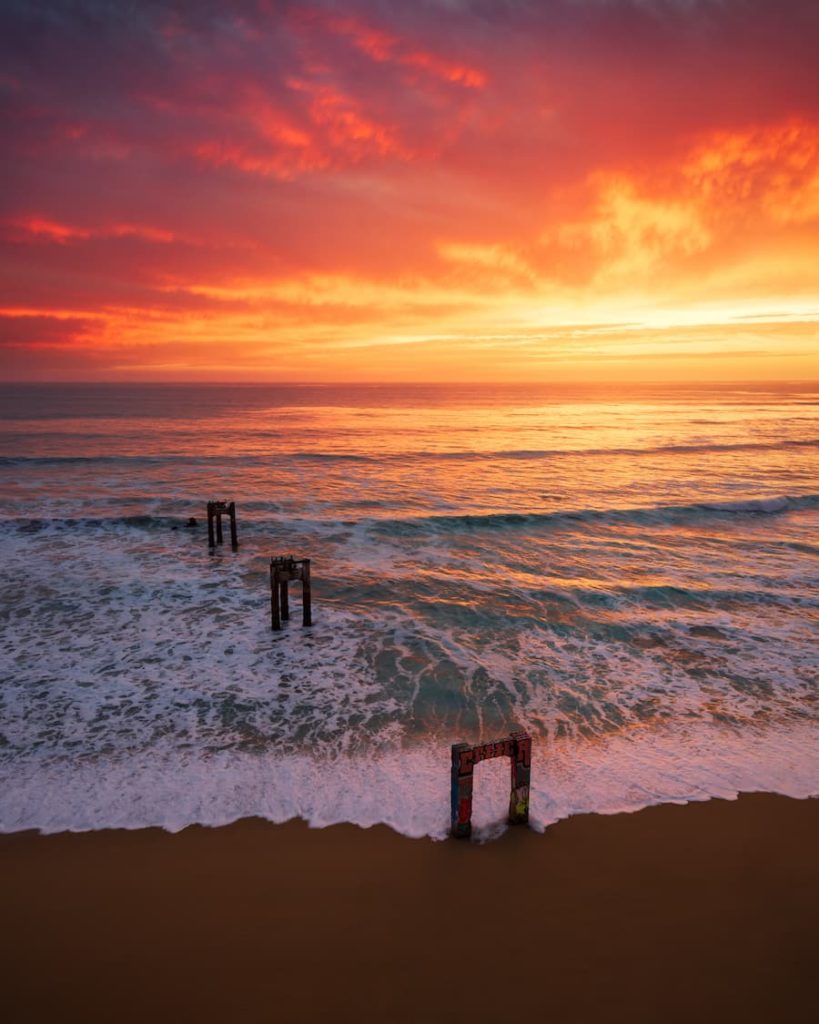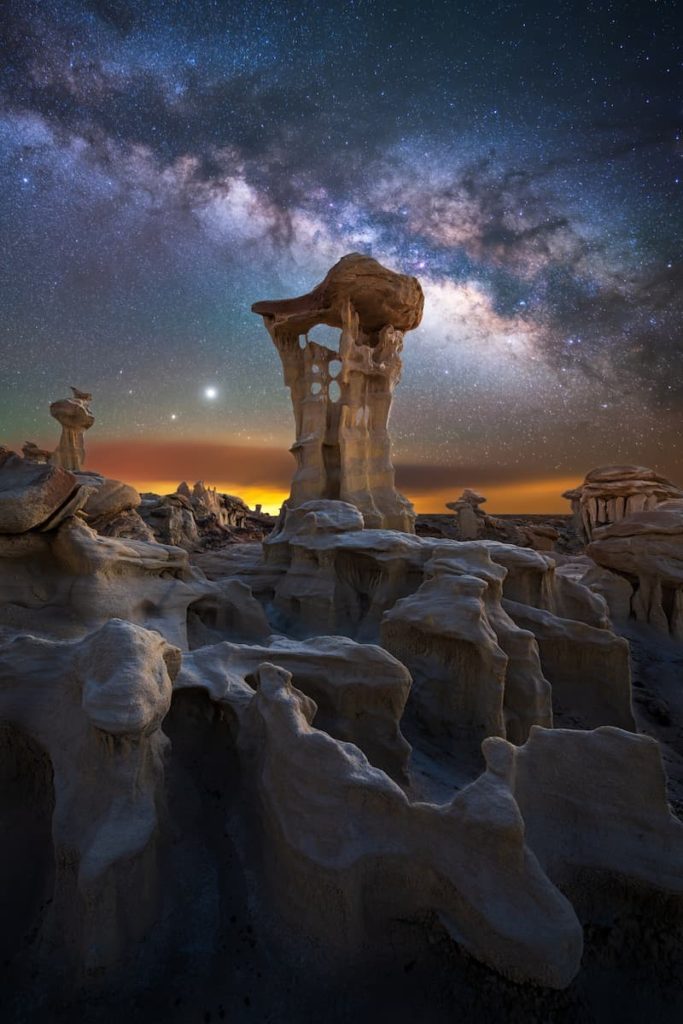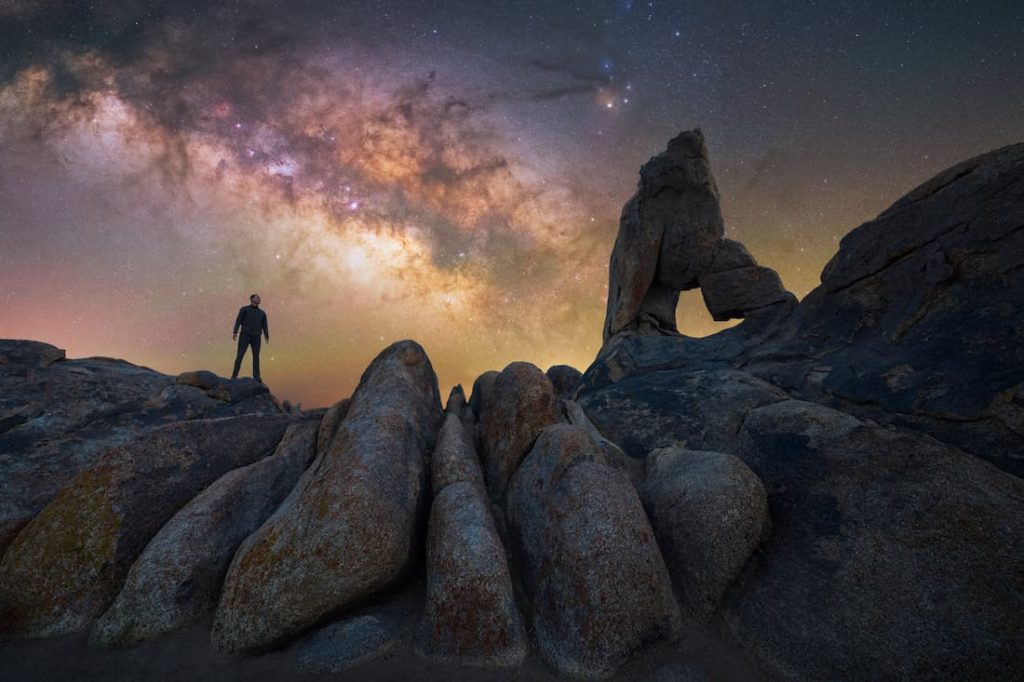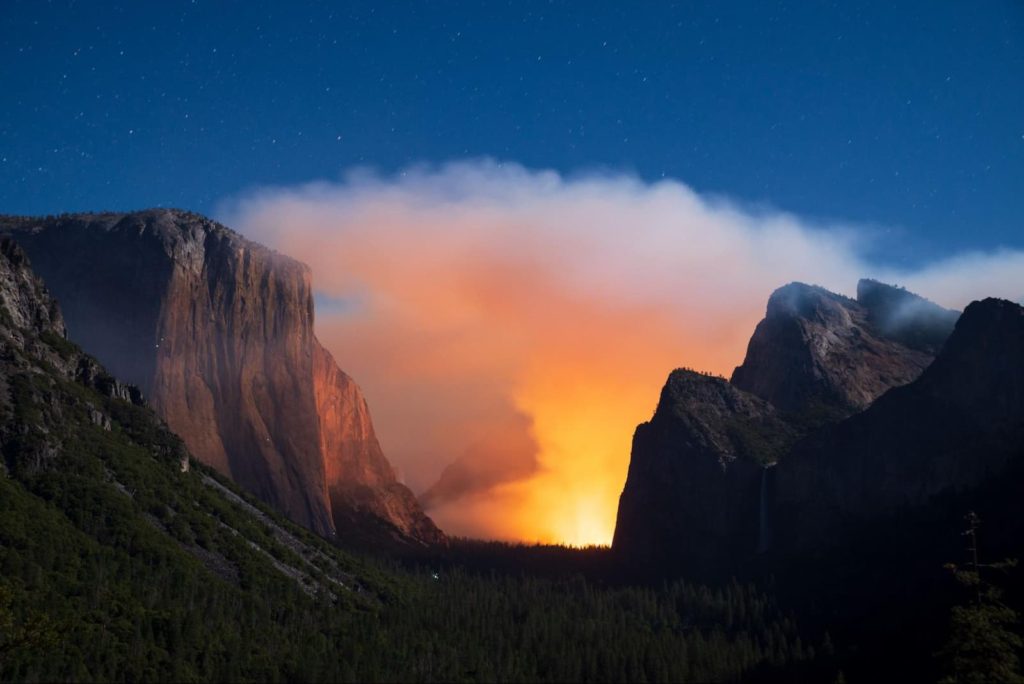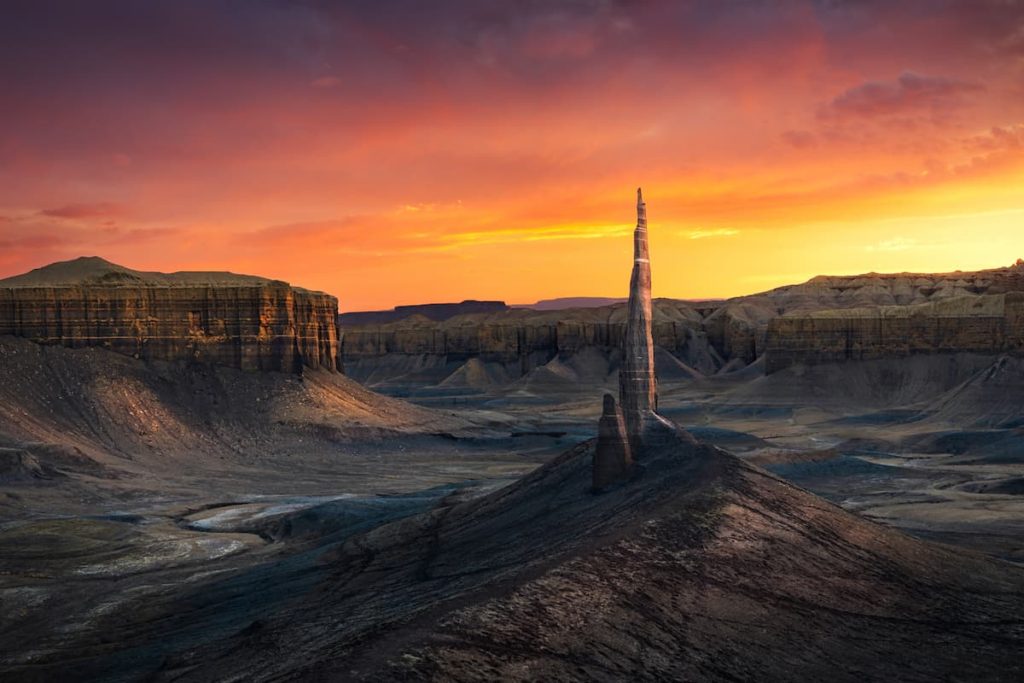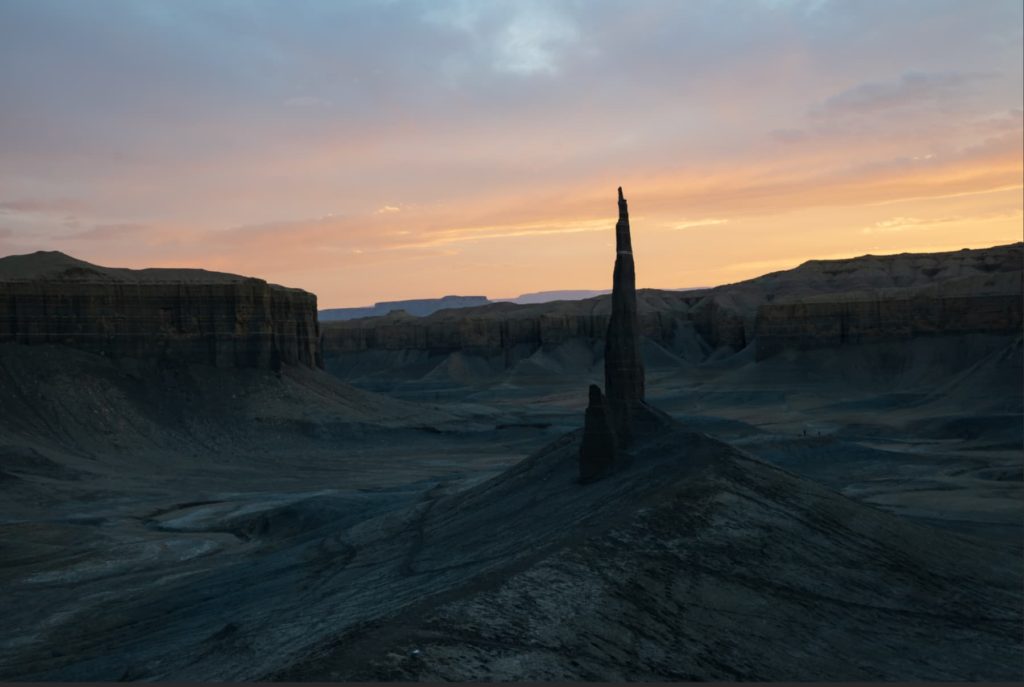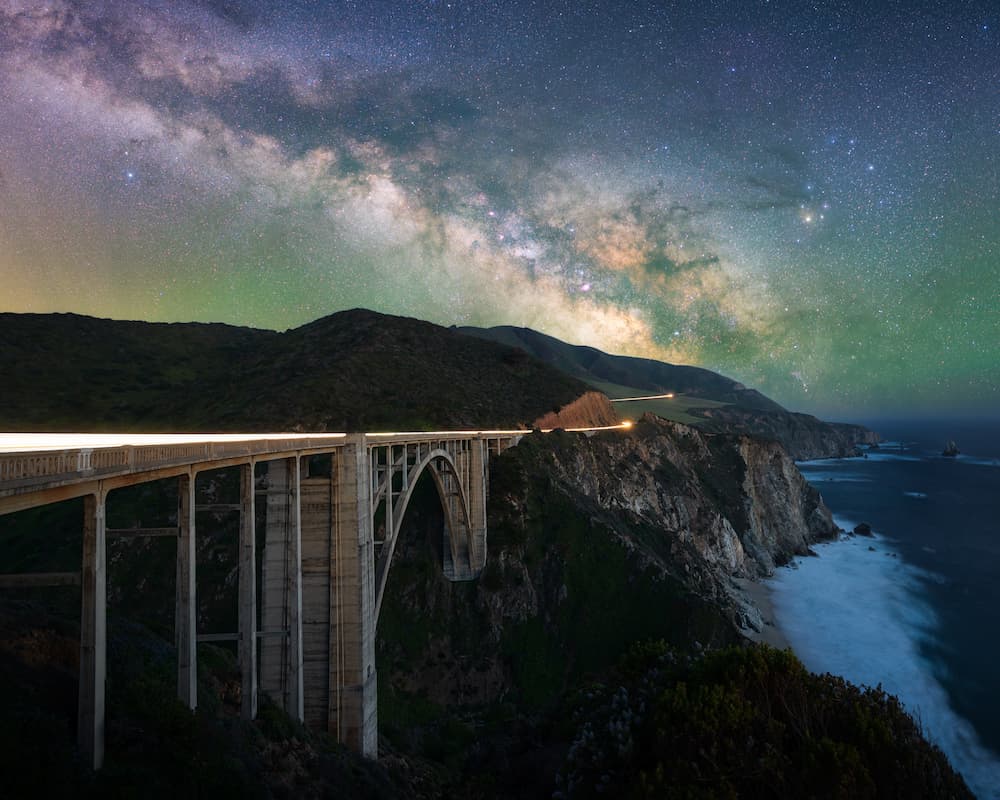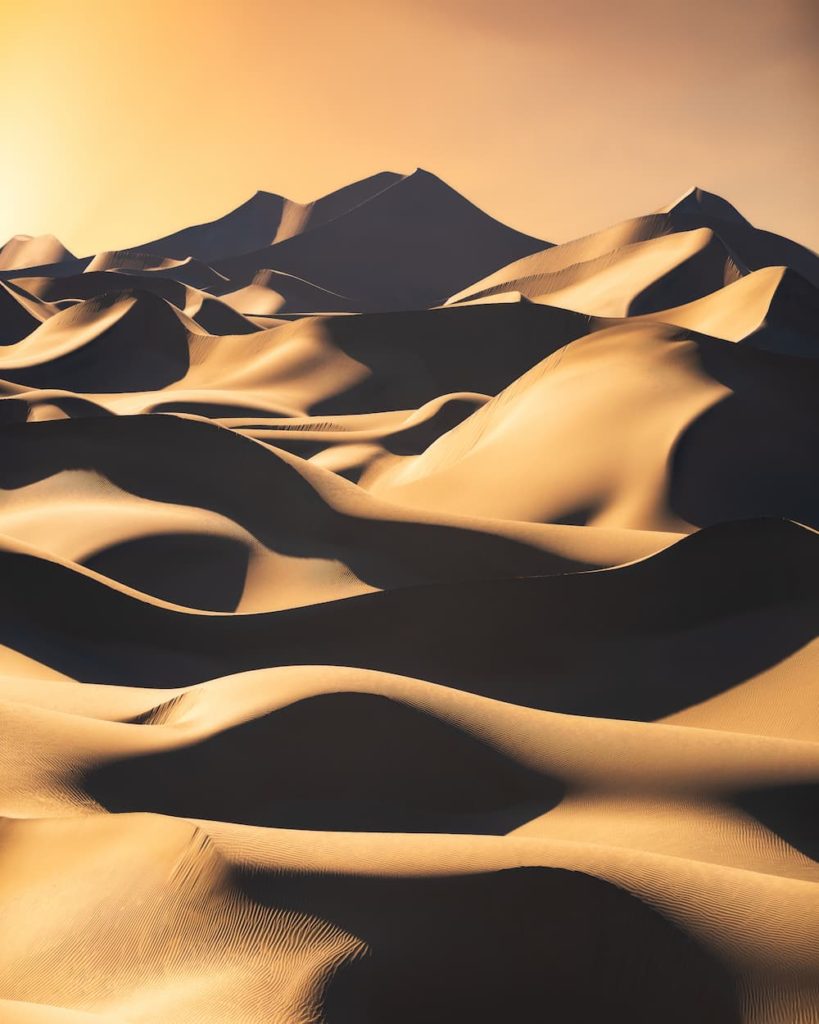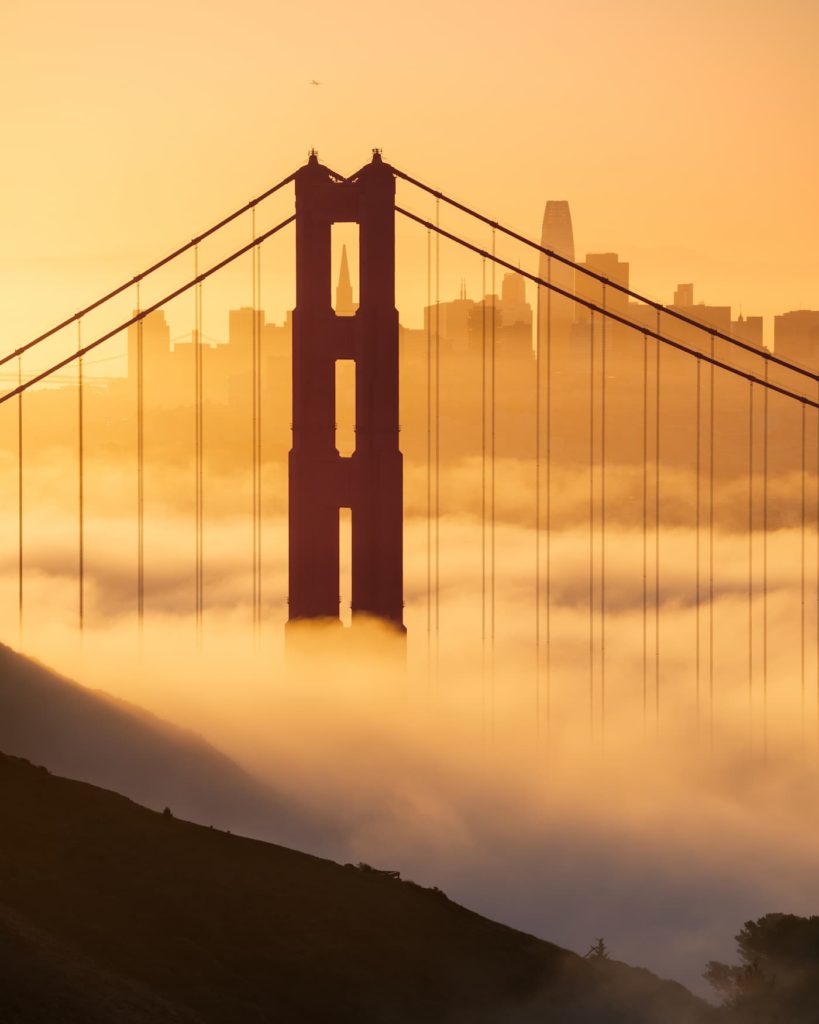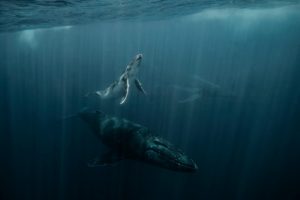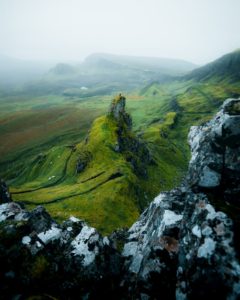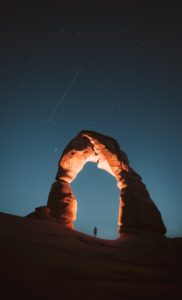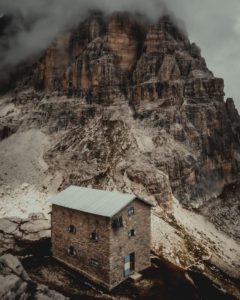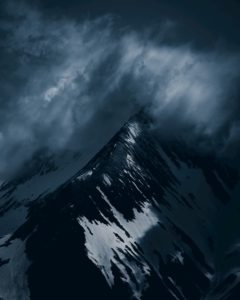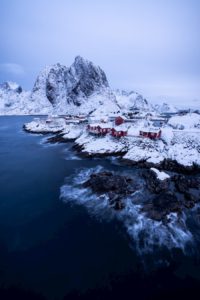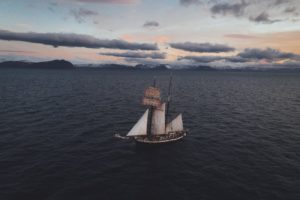
Marcin Zając
@mrcnzajac
Photographer based in the US
Introducing Marcin Zając
Marcin is a landscape photographer from Poland living in Northern California. Photography has taken him to many stunning locations worldwide. However, it has been near his home area where Marcin has captured his most celebrated images.
With the third image of this article, Marcin won the Astronomy Photography People’s Choice award in 2021 and NASA’s Astronomy Picture of the Day in 2020. In addition, with the fourth image, Marcin was placed in the top 101 in the International Landscape Photographer of the Year 2021 competition, one of the most prestigious landscape photography contests. To capture award-winning photographs, Marcin recommends looking “for an interesting composition where there is a balance between the landscape in the foreground and the sky.” He also recommends taking “separate exposures for the two different parts of the image to ensure the best possible image quality.”
These are just two tips he shared with us because, in the interview, he also gives away advice for capturing good astrophotography: “Go out when the sky is clear of clouds, and the moon is below the horizon. For visualizing where and when the object you want to shoot will be in the sky, I recommend using an app on your phone (PhotoPills, for instance). Finally, you will need a sturdy tripod and a wide-angle lens. Good settings, to start with, will be f/2.8, 15s, and ISO 6400 though you will need to adjust them based on the amount of light in the scene and your lens.” Furthermore, Marcin explains some of his basic location scout strategies and how he approaches his shooting days exploring new locations.
Some of my favorite spots in California include the coastline of Big Sur, the Sierra Nevada mountains, and the desert landscapes of Death Valley National Park. And thanks to two of the photos he captured in these fantastic locations, we learn about his editing technique. Marcin shared a before and after and explained the main steps he took to achieve such a result.
If you want to know what characteristics a photo should have to win awards, understand how to capture a great astrophoto, and learn about Marcin’s favorite locations in California, this interview is for you!
Interview
You are a landscape photographer and a software engineer. To start with, can you tell us how you got into photography and how you currently manage to combine photography at a professional level with your (full-time) job as an engineer?
I picked up photography a few years ago when I started traveling more after moving to the US from Poland where I grew up. At first I started taking photos with my phone, and then a few months later I bought my first DSLR. What was initially a casual hobby, gradually became a huge passion for me, and nowadays I plan most of my travels around photography, aiming to visit different places I’d like to see and photograph.
Can you tell us something about the journey you’ve made to reach the point where you are now as a landscape photographer? What have been some major challenges and what have been some highlights that boosted your brand?
I think the biggest challenge has been combining photography with a demanding career as a Silicon Valley software engineer. During the week I work for Meta (aka Facebook) building solutions that help businesses optimize their advertising campaigns. There are moments when I’d love to be able to travel and photograph, but I have work responsibilities I need to attend. Luckily I live within a driving distance of many beautiful locations, and that’s where I take most of my images. I have also taken advantage of the possibility of remote work in my line of work when traveling.
"The benefit of having my main career be outside of photography is that I can focus on making the images I want and not compromise as I would have to when working for clients."
What has helped my brand and social media following was being awarded in a few prestigious photography contests including placing in the Top 101 in the International Landscape Photographer of the Year 2021 contest and winning Astronomy Photographer of the Year People’s Choice Award organized by the Royal Observatory Greenwich in 2021.
As a landscape photographer, you have a specific interest in astrophotography and you have been shortlisted for Astronomy Photographer of the Year organized by Royal Museum Greenwich in 2019, 2020 and 2021 and won the People’s Choice award in 2021, and you’ve been awarded NASA’s Astronomy Picture of the Day in 2020. What makes astrophotography so interesting for you? And also, what do you think makes an outstanding and excellent Astro photograph?
I find it fascinating that my camera can capture more than my eyes can see – the color and the detail in the night sky you can record with modern cameras are astonishing. I think that the rules of landscape photography still apply to nightscapes (which is what I call astro images with some landscape included). First and foremost, I look for an interesting composition where there is a balance between the landscape in the foreground and the sky. I also take separate exposures for the two different parts of the image to ensure the best possible image quality.
“Alien Throne”, taken in New Mexico, USA
Winner of Astronomy Photographer of the Year People’s Choice Award 2021 and NASA’s Astronomy Picture of the Day in 2020
“Galactic Portal”, taken in Australia
Shortlisted for Astronomy Photographer of the Year 2020
What are your tips for other creators on how to first start with astrophotography? What are the very basics someone has to take into account and learn to start getting/shooting proper astro photographs?
First, find a dark location such that the sky will not be polluted by artificial light. This may be harder or easier depending where you live, but try to get away from city lights as far as possible. Go out when the sky is clear of clouds and the moon is below the horizon. For visualizing where and when the object you want to shoot will be in the sky, I recommend using an app on your phone (e.g. PhotoPills). Finally when it comes to gear you will need a sturdy tripod and a wide angle lens. Good settings to start with will be f/2.8, 15s, ISO 6400 though you will need to adjust them based on the amount of light in the scene and the lens you’re using.
In addition, one of your landscape images was placed in the top 101 in the International Landscape Photographer of the Year 2021 competition. What do you think were the reasons this photograph taken in Yosemite National Park made it to this list?
I think it’s the unique conditions I was able to capture that night. This is a very popular, iconic viewpoint that’s usually filled with both photographers and tourists. However, on this night the park was engulfed by prescribed fire, I was alone when taking this photo and these conditions only lasted for minutes before the valley in front of me got covered in smoke and I could no longer see the fire from this location.
Could you explain a little more about the editing you did for this photo?
The final photo is quite close to what it looked like in the field. Here are some steps I took when post-processing it:
1) I darkened the sky exposure a bit since it’s a night image, taken around 10pm.
2) I evened out the light on the foreground as the full moon that night lit the left side much more than the right, so I brightened the right side to match the left side more closely.
3) I further brightened the waterfall so that it stands out more from the rocks.
4) I cleaned up distracting elements like an unsharp tree in the foreground and some car lights.
I share another Before/After with you:
I took the photo you see below last year on a road trip through Southern Utah. I originally planned for night photography in this area, but once I saw clouds in the forecast, I changed my plan and aimed to shoot the sunset. The cloud cover was full and I was hoping for the sky to explode with colors once the sun dipped below the horizon. That’s exactly what happened and I experienced truly amazing conditions in this unique location.
About the edit for ‘Spire’:
1) Darkened the sky and brought up the color contrast and saturation. This was a beautiful sunset, but the RAW file was quite flat
2) Brightened the landscape which was quite dull in the RAW. Specifically I focused on dodging and burning the landscape to show off the light coming from the right side.
3) I cloned out some of the distracting steps in the foreground. If you look carefully there’s still a lot of man-made trails in the final image as there were too many of them to remove completely!
You shoot mainly in California, where you live. What are some of the most photogenic places you have been and why do you find these spots specifically so photogenic? Furthermore, how do you usually go about location scouting, in California or elsewhere?
I enjoy the variety that California offers. We have a stunning coastline with beautiful beaches and dramatic cliffs, impressive mountains with a lot of great hikes, and deserts with dunes and badlands formations. Some of my favorites include the coastline of Big Sur (photo 1), the Sierra Nevada mountains, especially Yosemite National Park (photo 2), and the desert landscapes of Death Valley National Park (photo 3).
Location scouting has two important elements to me – before visiting and on-location scouting. The inspiration to visit a location can come from a photo I saw online or from a guidebook about the area. Then I will usually do some virtual exploration using Google Earth to get a better idea about the location, the best time to visit etc.
What has been one of your most remarkable experiences so far? What made it so special?
I think a road trip to remote areas of the American Southwest at the beginning of the coronavirus pandemic was one memorable experience.. I camped by myself in remote areas of New Mexico and Utah, I was able to get away from the pandemic for a few days and produce a few images I’m proud of. I am actually heading on a similar road trip to this area soon.
Another trip which I have great memories from is when I went on a business trip to Sydney in 2019. It was a short trip and mostly filled with work meetings and trying to recover from terrible jet lag. But I had a free weekend during this trip and I took a train from Sydney to the coastal town of Kiama. Once the sun had set, I made my way into a small cave and waited for a few hours for the core of the Milky Way to come out. It was my first and so far only visit to the Southern Hemisphere and the opportunity to see the night sky from there was something I’ll never forget.
What is the most beautiful thing that travel has taught you?
Travel has broadened my perspective on life and allowed me to meet a more diverse group of people and have experiences that wouldn’t be possible at home. It has also made me more flexible and resilient to things not going my way. I still like to plan my trips diligently, but I have learned to go with the flow more.
Gear might not be the most important in achieving a great result, but it definitely influences. What gear do you use to bring with you when going on a trip? And what is your favorite lens/ photography item?
I shoot with a Nikon D810 and my favorite lens is the wide-angle Tamron 15-30 f/2.8. Other gear that is always with me is my Gura Gear backpack and Fotopro tripod. For astrophotography I also use a MoveShootMove star tracker which lets me take long exposures of the night sky without trailing of the stars.
What inspires your art and feeds your creativity? And related to that, how do you incorporate this into your art afterward
Primarily I am inspired by nature especially when experiencing interesting weather conditions. I am particularly fond of dramatic clouds and sunrise/sunset light. I also get a lot of inspiration from the work of other landscape photographers, whether through social media or photography contests.
Nowadays we see so many young talented artists pursuing a career as full-time travel/landscape photographers. What four pieces of advice would you give them?
I would definitely recommend saving money in your current career before making the jump so that you have some degree of financial security when starting out.
To improve the quality of your work in general I recommend going out and shooting as much as possible, because we all learn the most by doing.
It’s also great to find a community of other photographers in your area to exchange information, critique each other’s images and go out together.
Would you like content like this sent to your inbox?
